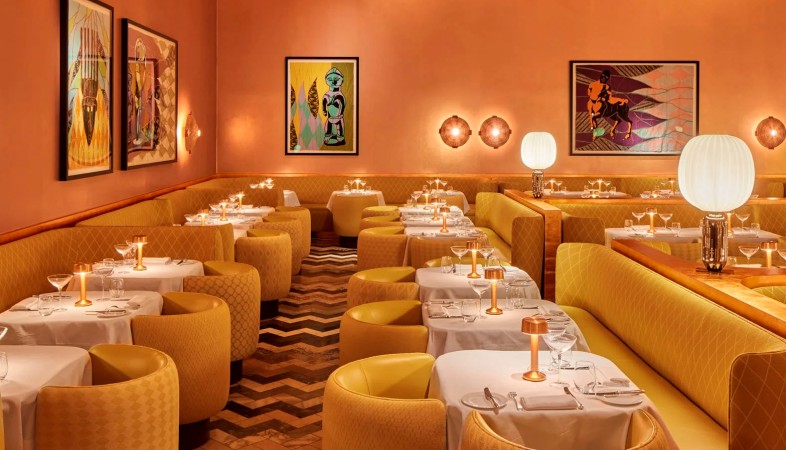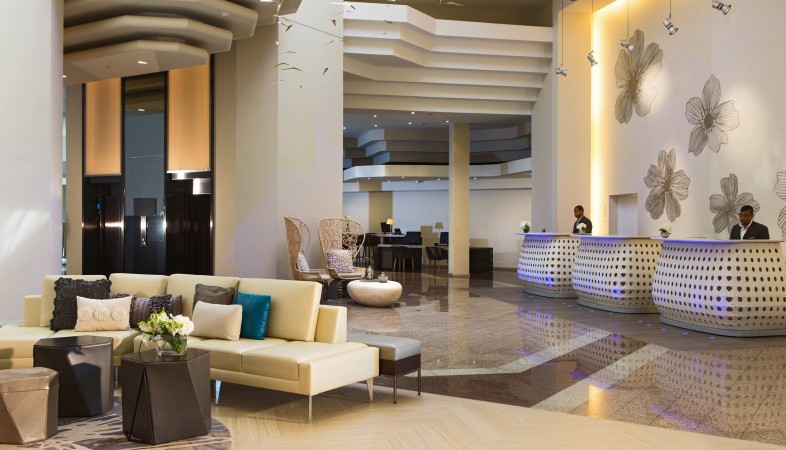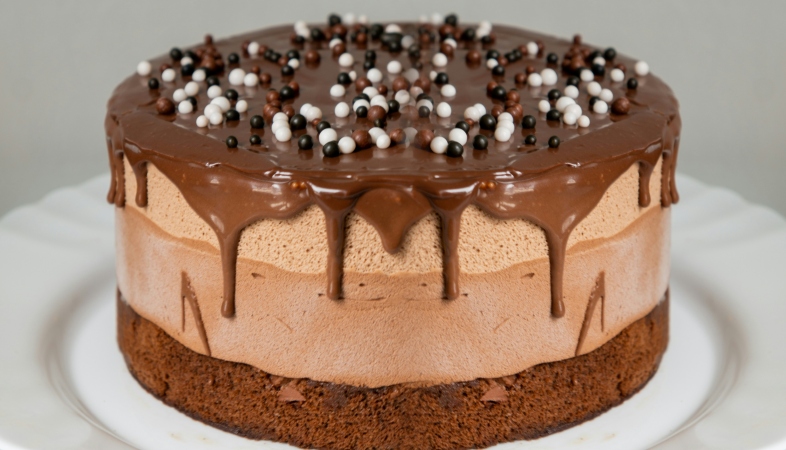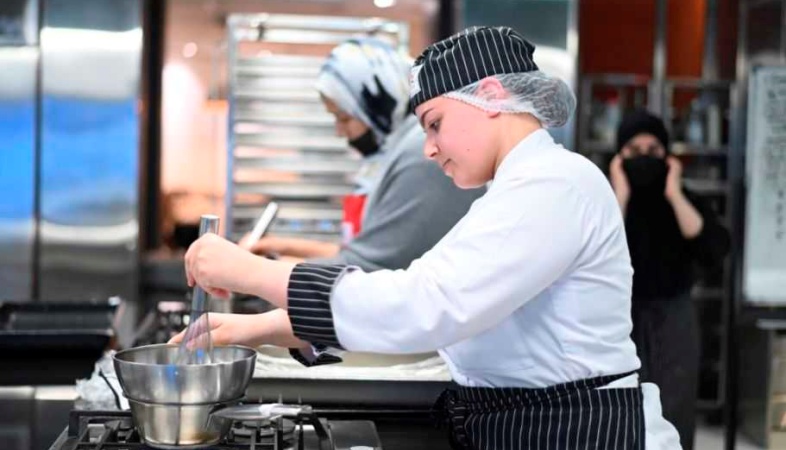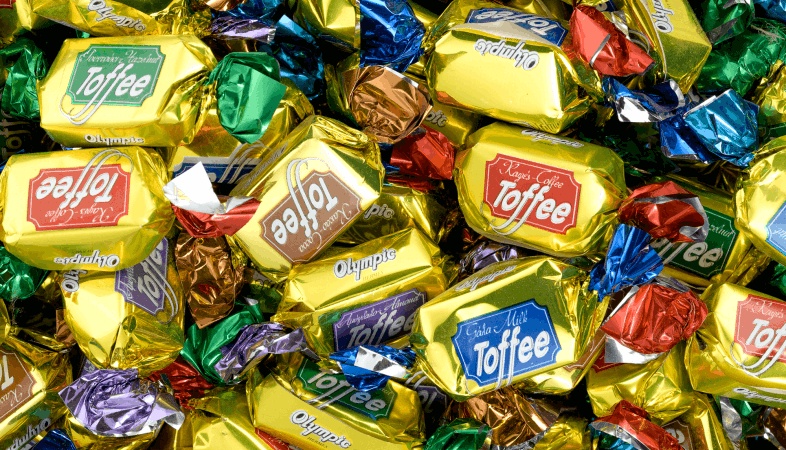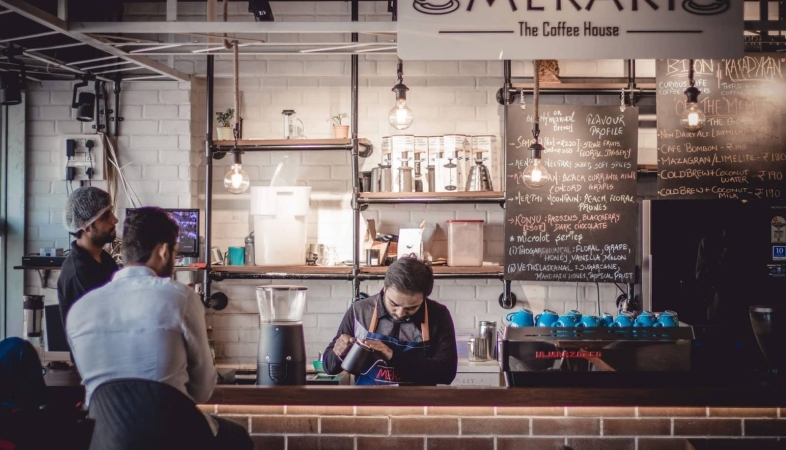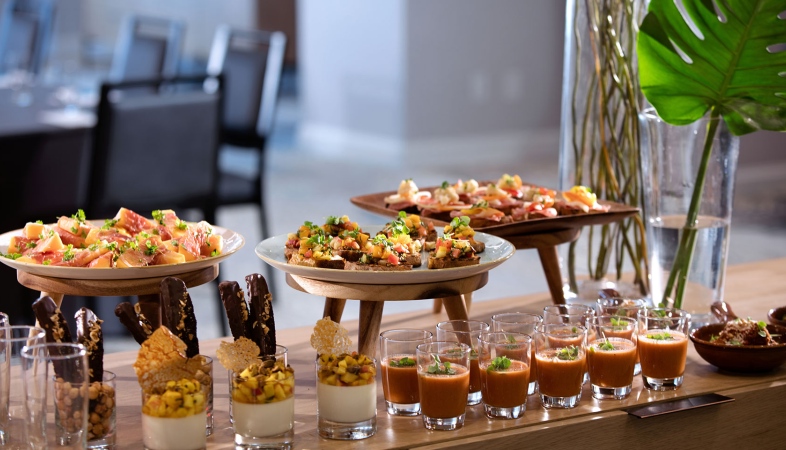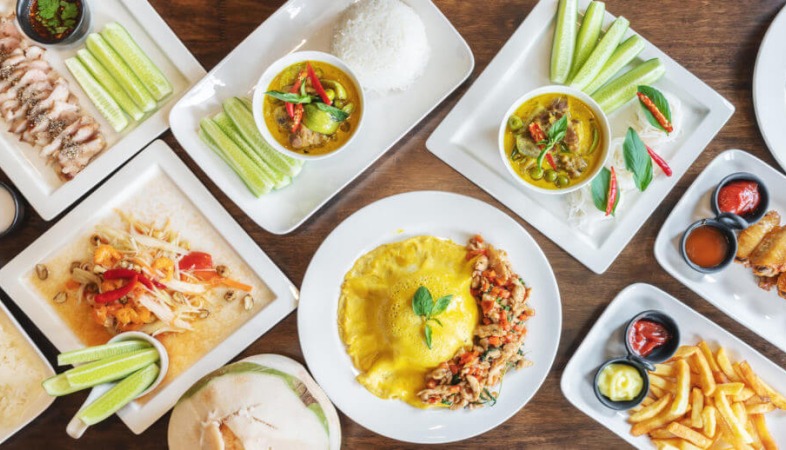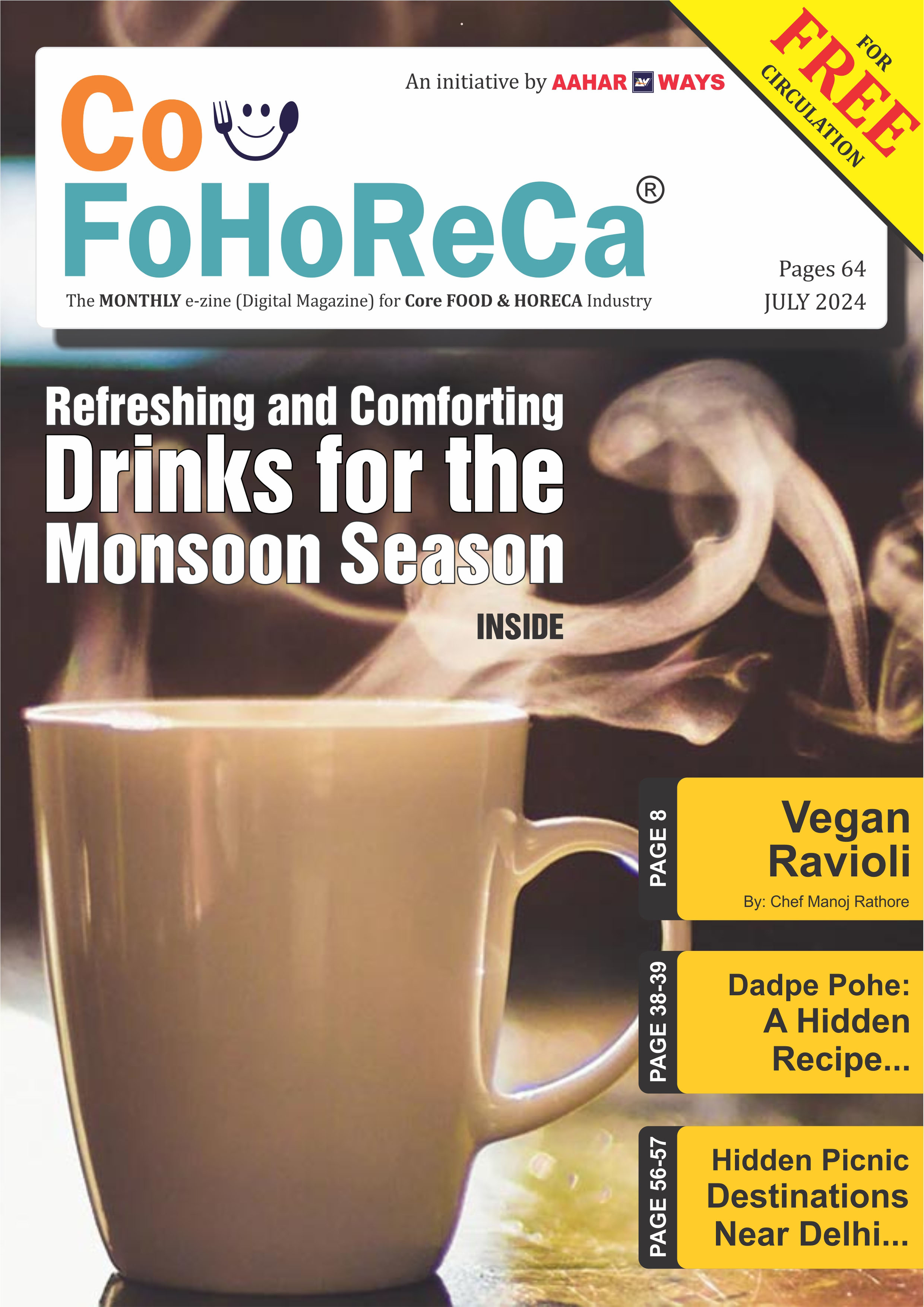Epicurean Elegance: Designing Aesthetic Food Displays for Maximum Impact
Designing aesthetic food displays is an art form that combines creativity, technique, and a deep understanding of visual composition.

In the world of gastronomy, the adage "we eat with our
eyes first" holds significant truth. The visual appeal of food is a
crucial element in the dining experience, as a beautifully presented dish can
heighten anticipation and enhance the overall enjoyment of a meal. Designing
aesthetic food displays is an art form that combines creativity, technique, and
a deep understanding of visual composition. This approach, often referred to as
epicurean elegance, involves crafting food displays that are not only delicious
but also visually stunning, leaving a lasting impression on diners.
The Importance of First Impressions: The first impression of a dish sets the tone for the entire dining experience. When a dish is presented with care and artistry, it signals to the diner that they are about to enjoy something special. This anticipation can elevate the sensory experience, making the flavors and textures of the food even more impactful. Aesthetic food displays capture the attention of diners, inviting them to savor the dish with their eyes before they take the first bite.
Color and Contrast: One of the fundamental principles of designing aesthetic food displays is the use of color and contrast. Vibrant, contrasting colors can make a dish visually appealing and intriguing. Chefs often use a variety of colorful ingredients to create a visual feast on the plate. For example, the bright red of a roasted pepper, the deep green of fresh herbs, and the golden hue of a perfectly cooked piece of fish can create a striking contrast that draws the eye. Thoughtful use of color not only enhances the visual appeal but can also highlight the freshness and quality of the ingredients.
Balance and Symmetry: Achieving balance and symmetry in food presentation is another key aspect of epicurean elegance. A well-balanced dish is pleasing to the eye and creates a sense of harmony. Chefs carefully arrange components on the plate to ensure that no single element overpowers the others. This involves considering the size, shape, and placement of each ingredient. Symmetry can be used to create a clean and organized look, while intentional asymmetry can add a touch of modernity and creativity. The goal is to create a cohesive composition that feels complete and well-thought-out.
Textures and Layers: Incorporating different textures and layers into food displays adds depth and interest to the presentation. Combining elements with varying textures, such as crispy, creamy, and crunchy, not only enhances the visual appeal but also provides a more dynamic eating experience. Layers can be created by stacking ingredients or arranging them in a way that reveals different components as the diner explores the dish. This technique encourages diners to engage with the food, discovering new flavors and textures with each bite.
Garnishes and Finishing Touches: Garnishes and finishing touches are the final elements that complete an aesthetic food display. These small details can make a significant difference in the overall presentation. Fresh herbs, edible flowers, microgreens, and delicate drizzles of sauce can add color, texture, and a touch of elegance. However, garnishes should be used thoughtfully and sparingly to avoid overwhelming the dish. The goal is to enhance the presentation without distracting from the main components.
Plating Techniques and Tools: Modern plating techniques and tools have revolutionized the way chefs design aesthetic food displays. Techniques such as swooshes, dots, and quenelles allow chefs to manipulate sauces and purees into artistic shapes. Specialized tools like tweezers, squeeze bottles, and ring molds provide precision and control, enabling chefs to create intricate designs. These techniques and tools offer endless possibilities for creativity, allowing chefs to push the boundaries of traditional food presentation.
Incorporating Cultural Elements: Incorporating cultural elements into food displays can add authenticity and depth to the presentation. Chefs draw inspiration from their culinary heritage and traditions, using techniques and ingredients that reflect their cultural background. This approach not only adds a unique touch to the presentation but also tells a story through the food. By honoring cultural traditions, chefs create a connection between the diner and the dish, enriching the dining experience.
The Role of the Dining Environment: The dining environment also plays a crucial role in enhancing the impact of aesthetic food displays. The presentation of a dish should complement the overall ambiance of the restaurant. Lighting, tableware, and decor all contribute to the visual experience. Soft, warm lighting can highlight the colors and textures of the food, while elegant tableware can enhance the sense of luxury. The goal is to create a cohesive dining experience where every element, from the food to the surroundings, works together to delight the senses.
Designing aesthetic food displays is an art form that combines visual appeal, culinary skill, and cultural inspiration. By focusing on color, balance, texture, and attention to detail, chefs can create dishes that are not only delicious but also visually stunning. Epicurean elegance transforms the dining experience, making each meal a feast for the eyes as well as the palate. As the culinary world continues to evolve, the art of food presentation will remain a vital aspect of creating memorable and impactful dining experiences.
.png)








